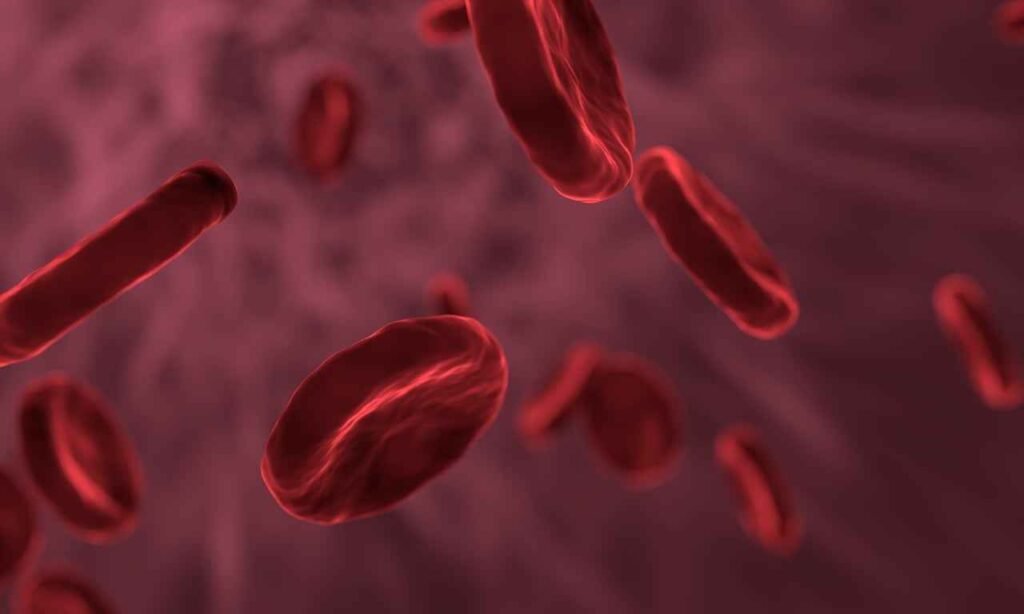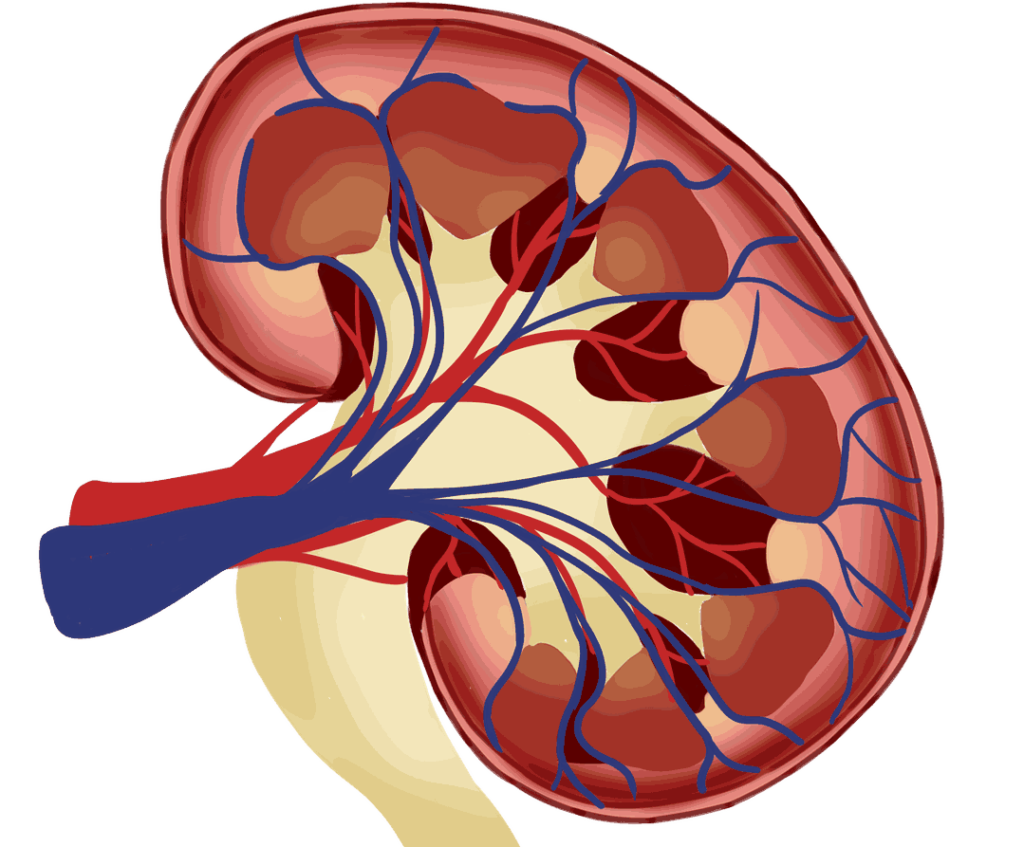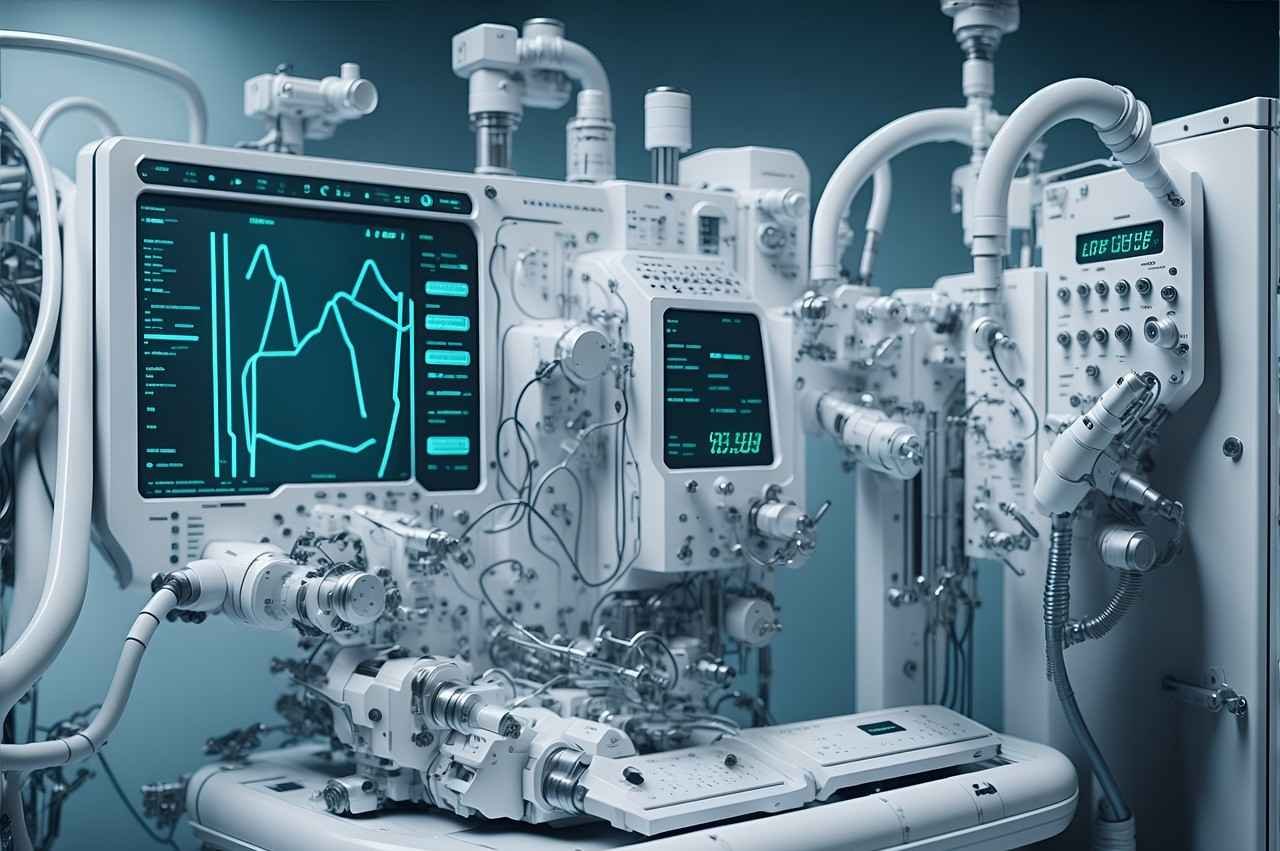Role of AI in Healthcare Sector.

The healthcare sector mainly consists of two parts: the diagnosis part and the treatment part. A proper diagnosis is necessary to proceed with the treatment.
Every year, many patients die or suffer due to misdiagnosis. Today, due to advanced technology, diagnosis has become much easier, and there is scope for further improvement of this system because if the disease cannot be diagnosed correctly, the patient may die due to incorrect treatment.
What role can AI play in improving the diagnosis system?
Suppose you are suffering from a kidney problem, so the doctor has given you some pathology tests and ultrasound tests to diagnose the disease. First of all, the application of artificial intelligence in data science can happen, for example, if the test reports of all the human fluid or pathological tests you have done so far are uploaded to a central database.
Every time you go for a new test, your whole life test report history is analyzed. A result would come out indicating the condition of your body at the stage of your age, what was the difference in the reports of similar tests, how much the amount of necessary molecules in the body increased or decreased with age, and how much the amount of unnecessary elements increased or decreased.

All parameters were analyzed by the lab technician and the doctor could see them. By doing this, questions such as what is the stage of your disease, when did it start, and what is the reason could be answered. The use of these technologies has not yet spread.
After the pathological test session, you will get an ultrasound test, and the sonologist will try to visualize the condition of your kidney through the ultrasound transducer. They will also check if you have any kidney stones or cysts and if the blood flow to the kidneys is good.
If there are kidney stones or cysts, the sonologist makes a decision based on what can be seen in the normal view; in this case, some mistakes are normal.
At this stage, image processing can play a key role, which can be developed using machine learning and deep learning techniques.
Deep learning or image processing is a technique that can be used to empower machines to make automatic decisions and visualize images qualitatively. The biggest advantage can be in providing the decision that the sinologist gives. If the machine automatically gives it—i.e., if you have kidney stones, cysts, or anything abnormal, it will display in the form of a report in the middle of image processing. This allows the sonologist to make an accurate decision by comparing it with their own ideas, and in critical situations, machine decisions can be made in the absence of a skilled sonologist. Kidney stone detection using by image processing

A similar system can be implemented for other imaging diagnostics, such as CT scan images, MRI images, X-rays, ECG, ETT, and EMG.
After a person’s kidney is at least 60% damaged, current medical science is able to determine whether the kidney has reached a useless stage or a dialysis-like condition or is on the way to kidney damage. But if all the medical data and CBC, electrolytes, hormones, and bioclinical data of that person were regularly stored long in advance and those data were regularly analyzed by an ML model, it could lead to the early prediction of disease patterns and necessary action.
Recent Posts
- Artificial Intelligence in the Aviation and Airlines Sector
- Who Is an AI Engineer? Career, Work, Challenges, and Required Skills
- Top SQL Keywords and Functions: Master 80% of Data Engineering with 20% of SQL
- Statistics and Machine Learning: Relationship and Importance
- Machine Learning and Deep Learning :Step-by-Step Learning Guide.



